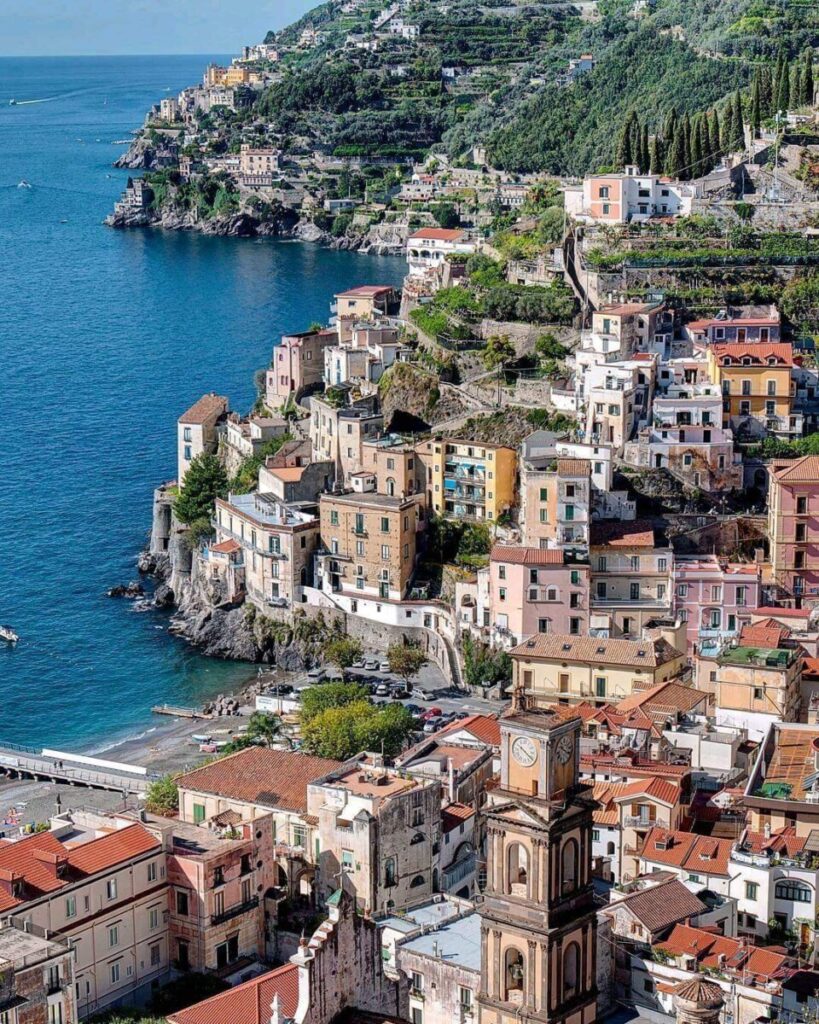
Located in a delightful and quiet inlet between Capo d'Orso and Conca dei Marini, Minori is the town of the Amalfi Coast nicknamed the narcissus of the coast for the particularity of its territory and the fertility of its land.
City of Taste, but, above all, a seaside city, according to tradition, pasta was born here. The ingredients are all there: the sun, the right level of humidity for drying the dough and a wise and skilful use of manual skills, handed down from generation to generation.
Traditional are also the cultivation of terraced lemons, which provide the raw material for the delicious Limoncello of the Amalfi Coast, and the processing of paper (the ancient paper mills are still preserved today).
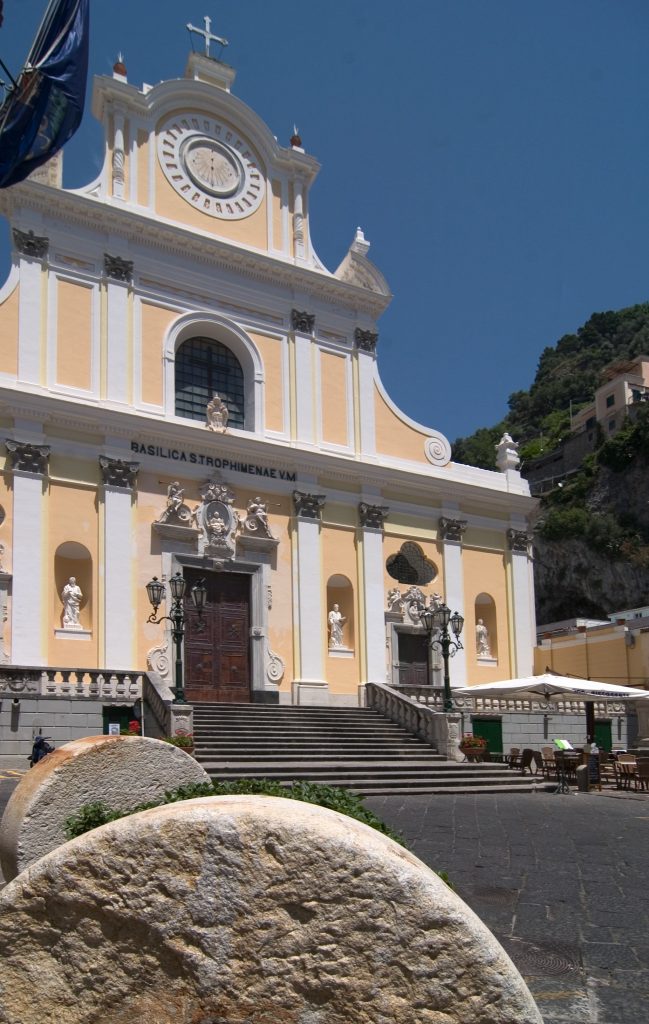
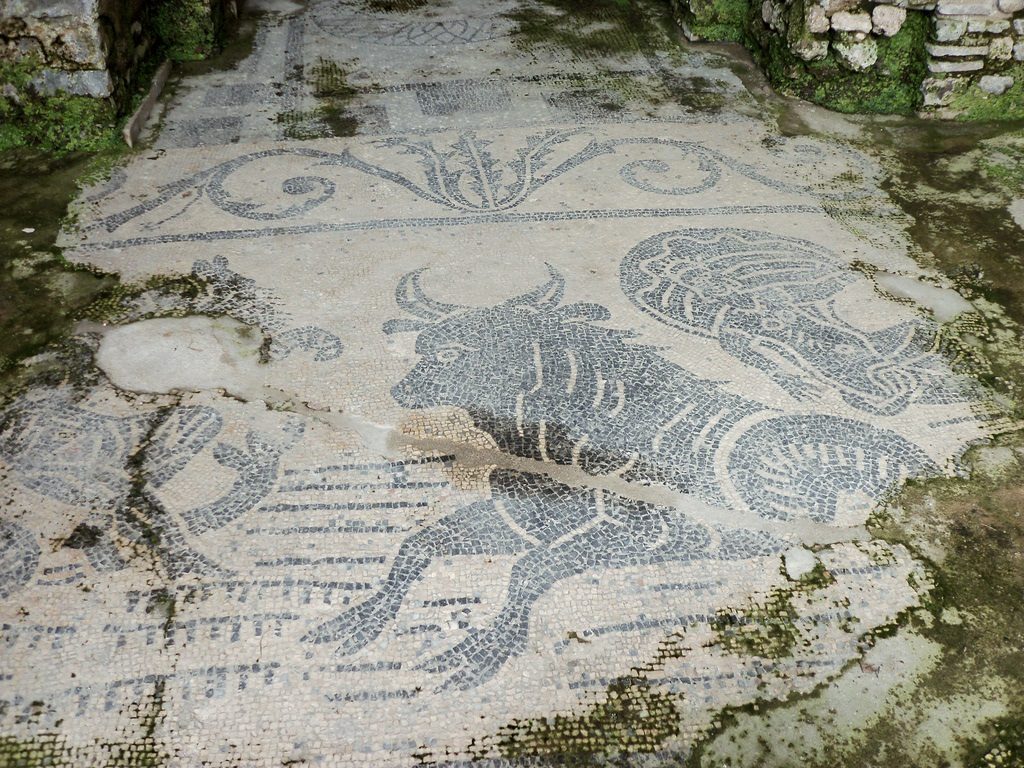
Minori was chosen by the Romans as a summer residence, as evidenced by the remains of a grandiose maritime villa of the 1st century AD built scenographically among the surrounding rocks, and clearly visible from the sea.
After the destruction of the villa probably caused by frequent floods, the place was probably abandoned for centuries. Tradition has it that the first inhabited nucleus of Minori was formed, around the fifth century, in a hilly locality called Forcella chosen as a safe place by the inhabitants of the Sarno valley, fleeing from the incursions of Germanic populations. The inhabitants of this first settlement, between the sixth and seventh centuries, founded a new maritime village that takes the name of Rheginna, which, in contrast to the nearby district of Maiori, Rheginna Major, of greater extension, took the epithet of Minor.
From this period the remains of a Christian martyr were found on the beach and, therefore, the church dedicated to Santa Trofimena which, with the elevation of Minori to the bishopric in 987, became the cathedral of Minor. Even this town, like the other cities of the coast, shared glories and honors with Amalfi, suffering the same fate with the decline of the Republic.
Even Minori was unfortunately the victim of natural disasters; in 1492, 1528 and 1656 it was hit by terrible plagues which decimated the population. Thanks to the wealth of water and the fertility of its territory, Minori boasted, in the past, very flourishing industries, both paper and food.
Already in the thirteenth century in the Minorese paper mills the rags paper, called bambagina, was made, which was widely used in the courts and religious institutes. A particularly lively branch of activity was that of preparing pasta: mills and pasta factories formed the connective tissue of the small seaside village. The history of Minor follows the events of the Kingdom of Naples and subsequently of united Italy. the terrible flood of 1954 deeply marked the life and urban transformation of Minori, seeing the birth of modern buildings and hotels which fortunately did not spoil the aesthetics and its characteristic aspect of a seaside village.


Minori was chosen by the Romans as a summer residence, as evidenced by the remains of a grandiose maritime villa of the 1st century AD built scenographically among the surrounding rocks, and clearly visible from the sea.
After the destruction of the villa probably caused by frequent floods, the place was probably abandoned for centuries. Tradition has it that the first inhabited nucleus of Minori was formed, around the fifth century, in a hilly locality called Forcella chosen as a safe place by the inhabitants of the Sarno valley, fleeing from the incursions of Germanic populations. The inhabitants of this first settlement, between the sixth and seventh centuries, founded a new maritime village that takes the name of Rheginna, which, in contrast to the nearby district of Maiori, Rheginna Major, of greater extension, took the epithet of Minor.
From this period the remains of a Christian martyr were found on the beach and, therefore, the church dedicated to Santa Trofimena which, with the elevation of Minori to the bishopric in 987, became the cathedral of Minor. Even this town, like the other cities of the coast, shared glories and honors with Amalfi, suffering the same fate with the decline of the Republic.
Even Minori was unfortunately the victim of natural disasters; in 1492, 1528 and 1656 it was hit by terrible plagues which decimated the population. Thanks to the wealth of water and the fertility of its territory, Minori boasted, in the past, very flourishing industries, both paper and food.
Already in the thirteenth century in the Minorese paper mills the rags paper, called bambagina, was made, which was widely used in the courts and religious institutes. A particularly lively branch of activity was that of preparing pasta: mills and pasta factories formed the connective tissue of the small seaside village. The history of Minor follows the events of the Kingdom of Naples and subsequently of united Italy. the terrible flood of 1954 deeply marked the life and urban transformation of Minori, seeing the birth of modern buildings and hotels which fortunately did not spoil the aesthetics and its characteristic aspect of a seaside village.

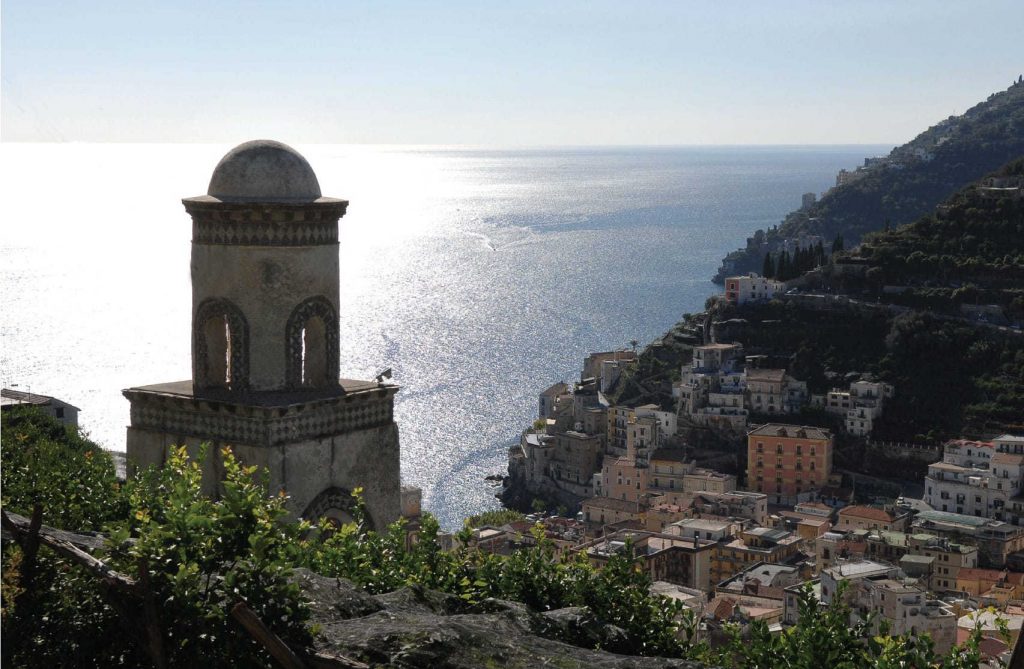
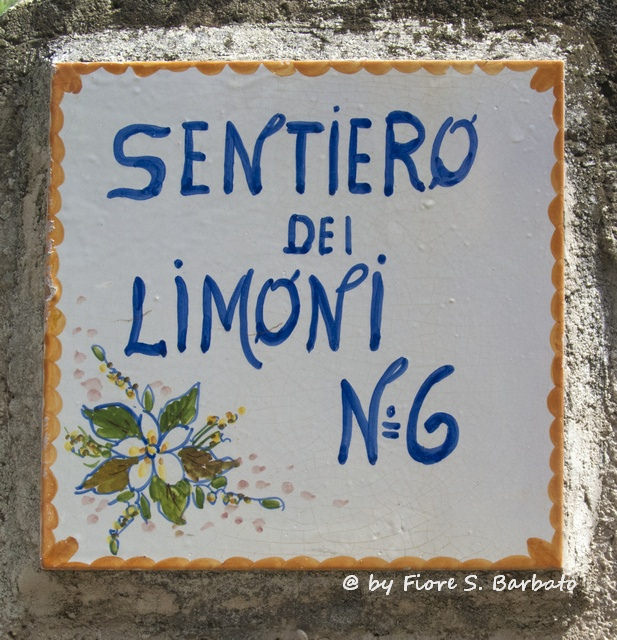
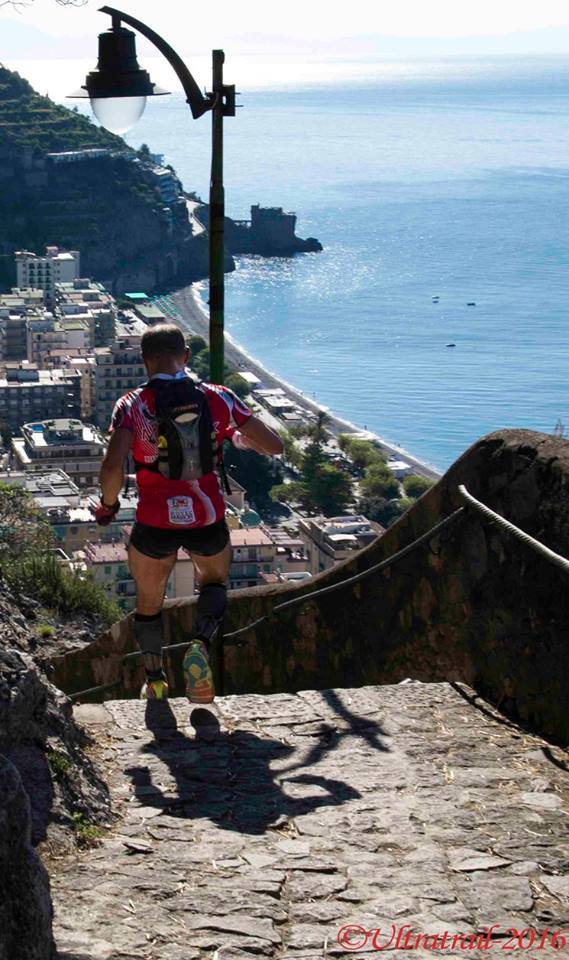
Walking through the streets of the center and getting lost in the twisted alleys is a pleasant holiday break. Minori is very rich in monuments, primarily of course the religious ones. The path cannot fail to start from the Archconfraternity of the SS. Sacramento, a single-room building that houses a wooden choir and a marble altar from the 18th century.
Imposing is the Basilica of Santa Trofimena, which houses the mortal remains of the Saint, protector of the city. The temple, with a typical eighteenth-century layout, was rebuilt from the foundations on the remains of an ancient Romanesque church. On the main altar you can admire the "Crucifixion", attributed to Marco Pino da Siena, an important exponent of the Italian Mannerist culture. In the two naves there are several chapels, inside one of them there is the canvas of the Madonna del Rosario, one of the first examples of the Marian cult on the coast. The crypt with three naves, restored in the 1700s, presents on the altar an alabaster urn sculpted in 1772 by the Neapolitan marble-maker Ragozzino, where the relics of the Saint are kept.
The Church of S. Lucia dates back to the 10th century. On the altar there is a 16th century wooden retable in Spanish style, with the statues of S. Lucia, S. Apollonia and S. Agata.
The Church of S. Gennaro represents, in all probability, the oldest religious settlement: the origins date back to the eighth century. Inside is the wooden throne, in the center of which there is the shrine with the statue of S. Gennaro. Recent excavations have brought to light Romanesque shapes and capitals, incorporated in past centuries in baroque wall enclosures. Adjacent to S. Gennaro and the Oratory of S. Maria delle Grazie, which houses an interesting painting of the '700.
The Church of S. Michele, on the other hand, has decorations on paper made at the end of the 19th century by some painters who refer to the Pre-Raphaelite culture. Hence the revival of Byzantine schemes. On the right side a painting of the '600 with S. Pietro d'Alcantara, on the opposite side an Immaculate Conception datable to the same period. Finally, looking up to the sky, the beauty of the Bell Tower of the Annunziata, dating back to the 11th century, strikes you. Immersed among lemon groves and vineyards, the bell tower is characterized by two-tone decorations with wall inlays, attributable to the Arab-Norman era.
Surely the jewel of Minori is the maritime Roman Villa of the 1st century. d. C., an imposing imperial-era settlement that annually attracts thousands of visitors. We do not know the name of the gentleman who had it built: he was certainly a person of considerable financial means and a high level of culture and taste, given the design choice of the complex and its decorative apparatus. Built at sea level, on its lower floor the villa encloses a viridarium between the wings of the portico, in the center of which is a basin, aligned with the large, monumental opening towards the sea and with the most important room on the floor, the large triclinium on the sides of which the entire ground floor develops symmetrically. The suspensurae of a heated room and fragments of floor mosaics also identify rooms on the upper floor, totally destroyed by the later renovations. In fact, the Villa has undergone several restorations and alterations. In the third century there was the reconstruction of the triclinium with the addition of masonry counters and the mosaic and the partial renewal of the pictorial decoration. In an even later period, it is assumed, some of the rooms were reduced by partitions.
The villages of Minori retain the atmosphere of past times. Just climb the many uphill streets to reach the most characteristic corners of the town. Particularly pretty is the village of Villa Amena, with the ancient church of San Gennaro, and the village of Torre which, with the church of San Michele, is the heart of the splendid "Sentiero dei Limoni"
Very suggestive is the path of the ancient paper mills, reachable through the driveway to the bottom of the Minorese valley and then along the ancient path that winds towards the Auriola locality.
The celebrations for the patronal feast of Santa Trofimena in July, the appointment with the big screen cinema outdoors under the stars of the coast in July and August and the artistic, cultural and food and wine happening "Gusta Minori" in September, represent the events for which the Minorese summer stands out.
During the whole year, moreover, tradition and popular passion accompany each period with particular and characteristic moments: the crib activity during the Christmas period; Holy Week ended with the Via Crucis on Good Friday in the streets illuminated by torches and torches.
The mild climate and the richness of the surrounding landscape will make it


EVERY SUNDAY
EXCLUDING NATIONAL Holidays (1 MAY, 2 JUNE, 15 AUGUST)
TOUR DESCRIPTION:
Meet your local guide for the day and board the coach to depart for Pompeii, passing the beautiful towns along the Amalfi Road. When you arrive in Pompeii, you will have approximately 2 hours of guided tour of the archaeological excavations of this commercial center which was buried by the eruption of Vesuvius. Discover the conditions and contexts of ancient life which ended abruptly in the night between 24 and 25 August 79 AD when 5 meters of lapilli and ash buried this city on the Campania coast. You will have free time for lunch before continuing to Herculaneum. When you reach Herculaneum, the other city buried by Vesuvius, you will have about 2 hours visit to the excavations. Unlike Pompeii, which was a thriving commercial center, Herculaneum was a quaint residential coastal town. On the return journey you will stop at the well-known cameo atelier. Please note this tour is not suitable for those with limited mobility as it involves a long day of walking around the excavation sites.
STARTING POINTS
Minori - Via Roma (at the fountain in the parking area)
Departure : 8.15 am Return: 2.00 pm
IMPORTANT INFORMATION / VOUCHER INSTRUCTIONS:
Please wait at the meeting point 5 minutes before the scheduled time.
We recommend that you bring with you on an excursion:
- Low shoes suitable for walking;
- Protective sunscreen, water, umbrella and / or raincoat;
- Camera or video camera;
- Cash for optional lunches, personal expenses and entrances (not included);
- Identity document to get free / discounted admission to state sites and museums
RATE: €140.00 per person
What's included: Transportation for the whole day • Expert guide • Earphones • Skip-the-line tickets
Not included: Lunch and personal expenses • Tips
Customers under 18 are entitled to free access to excavations and state museums upon presentation of a valid identity document.